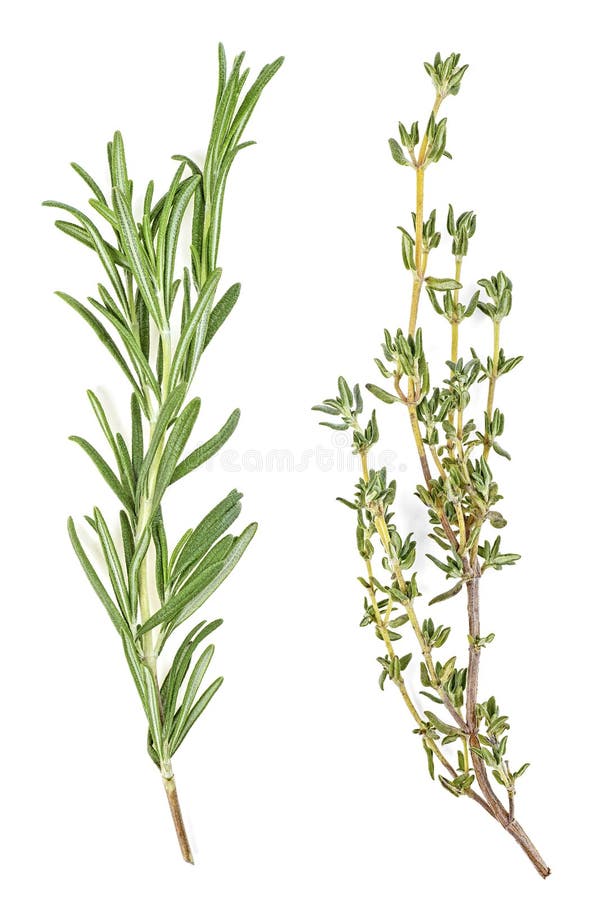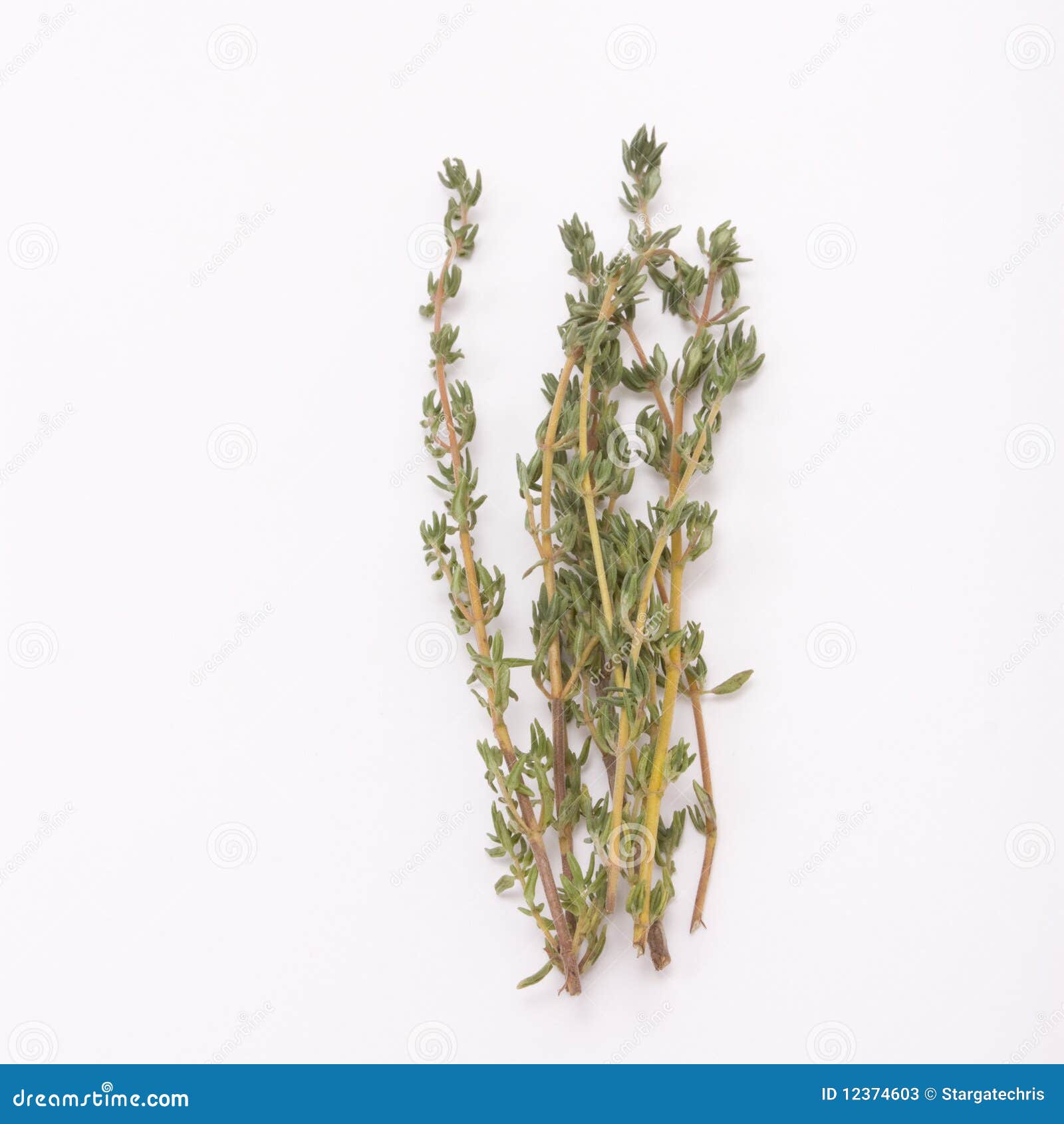

It’s worth bearing in mind that these conversions are very general and that you should start off with less dried herbs than you think you’ll need before tasting and adding more if necessary. Sage and thyme are both often measured in terms of how many leaves should be added to a dish and so you’ll need 1 teaspoon of dried sage for every 7 leaves, or ¾ teaspoon of dried thyme for every 6 sprigs. This is the case for most herbs, but it is worth noting that there are a few exceptions to bear in mind as some herbs don’t fit into this rule.įor garlic, you’ll need to use ½ a teaspoon of dried garlic powder for every clove of fresh garlic that your recipe calls for, and if you want to use ground ginger instead of fresh then you’ll need ¼ teaspoon for every teaspoon of fresh ginger. Converting from fresh herbs to dried (and vice versa!)ĭried herbs are much more concentrated in flavour than fresh herbs are and so you’ll need to use much less in your recipe to avoid an overpowering, herby taste.Īs a general rule of thumb, one tablespoon of fresh herbs is equivalent to one teaspoon of dried herbs which works out at being around a ⅓ less. However, there are some conversions that you’ll need to do around the amount of herbs you’re adding, and it’s also worth bearing in mind that some herbs lose their flavour when dried so should be avoided. It does not store any personal data.We often get asked if it’s possible to use dried herbs instead of fresh in many of our recipes and the short answer is ‘yes’! The cookie is set by the GDPR Cookie Consent plugin and is used to store whether or not user has consented to the use of cookies.

The cookie is used to store the user consent for the cookies in the category "Performance". This cookie is set by GDPR Cookie Consent plugin. The cookie is used to store the user consent for the cookies in the category "Other.

The cookies is used to store the user consent for the cookies in the category "Necessary". The cookie is set by GDPR cookie consent to record the user consent for the cookies in the category "Functional". The cookie is used to store the user consent for the cookies in the category "Analytics". These cookies ensure basic functionalities and security features of the website, anonymously. Necessary cookies are absolutely essential for the website to function properly. When substituting dried thyme for fresh, however, use roughly one-third of the volume of fresh thyme called for in the recipe as the flavor of dried thyme is much stronger than fresh. Another health benefit of thyme: It’s a good source of copper, fiber, iron, and manganese.ĭried thyme retains much of the flavor of fresh thyme and is a suitable substitution for fresh in many cases. If you feel a cold coming on, thyme can help get you back in good health. Luckily, thyme is packed with vitamin C and is also a good source of vitamin A.

The herb – a member of the mint family – is revered in British cooking, and it’s highly fragrant, imparting fresh, herbal flavors in stews and soups. One of Europe and North America’s favorite spices, ground thyme infuses a minty, citrusy flavor on dishes, and is most commonly used in stews, soups, sauces and dry rubs. Dried rosemary contains fewer calories than thyme and they are both great additions to steak recipes. Rosemary has longer leaves than thyme and a bitter taste. Can you use rosemary instead of thyme for steak?ĭespite both rosemary and thyme belong to the mint family, they are two different herbs.


 0 kommentar(er)
0 kommentar(er)
